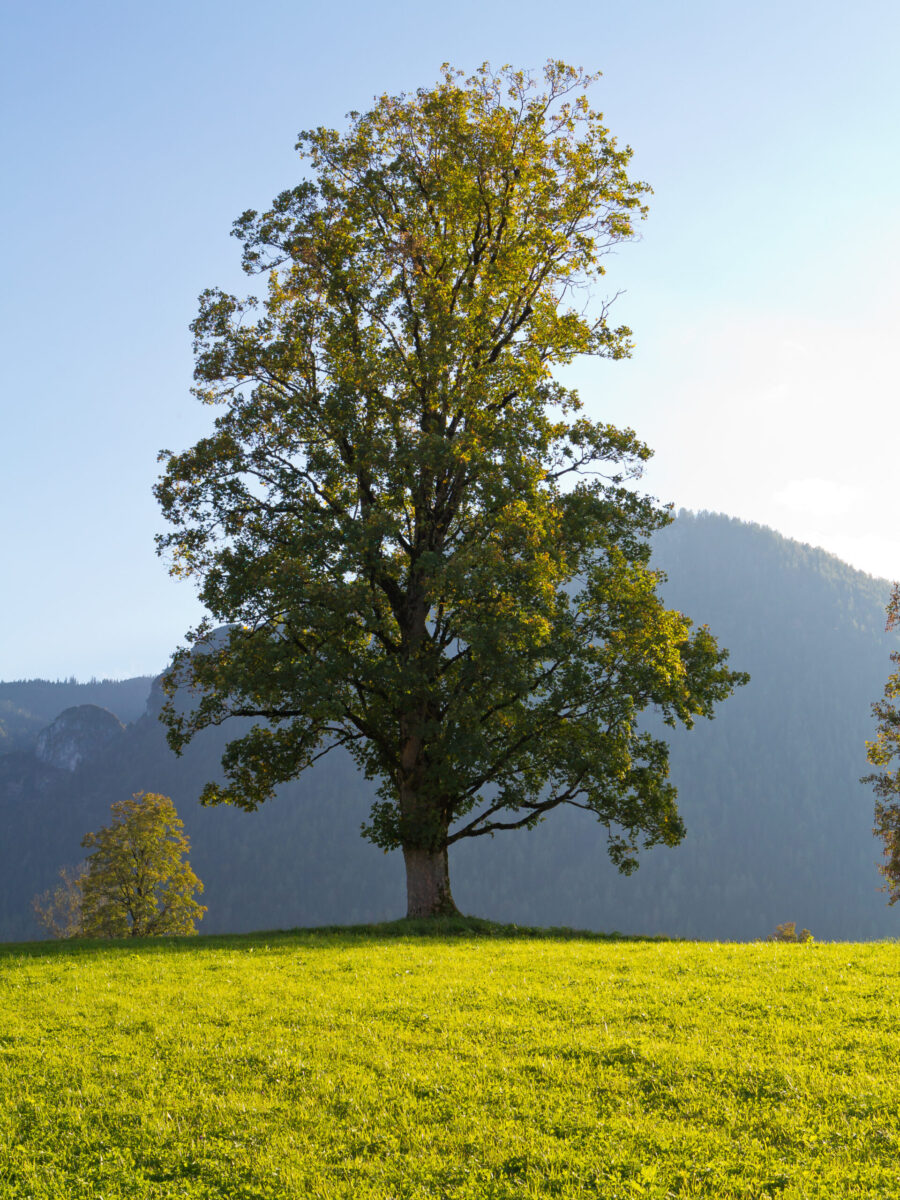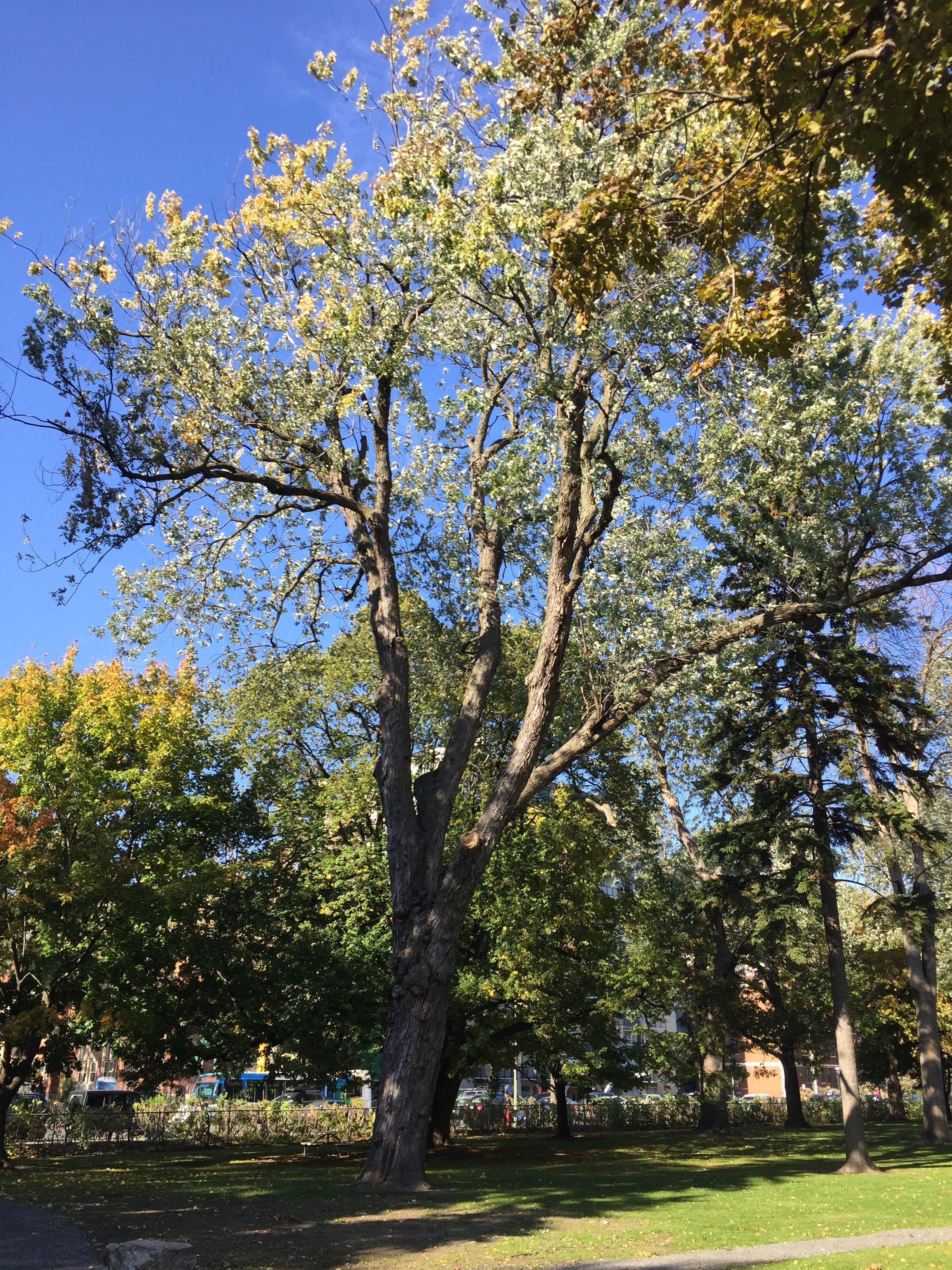

The silver maple's root system is shallow and fibrous and easily invades septic fields and old drain pipes it can also crack sidewalks and foundations. However, its quick growth produces brittle wood which is commonly damaged in storms. It is highly tolerant of urban situations and is frequently planted next to streets. Silver maple is often planted as an ornamental tree because of its rapid growth and ease of propagation and transplanting. Silver maple produces a sweet sap but it is generally not used by commercial sugarmakers because its sugar content is lower than in other maple species. Because of the silver maple's fast growth, it is being researched as a potential source of biofuels. Lumber from the tree is used in furniture, cabinets, flooring, musical instruments, crates, and tool handles, because it is light and easily worked. The wood can be used as pulp for making paper. Additionally, the leaves serve as a source of food for species of Lepidoptera, such as the rosy maple moth ( Dryocampa rubicunda).

The trunks tend to produce cavities, which can shelter squirrels, raccoons, opossums, owls and woodpeckers, and are frequented by carpenter ants. The bark can be eaten by beaver and deer. The seeds are also a food source for chipmunks and birds. In many parts of the eastern U.S., the large rounded buds are one of the primary food sources for squirrels during the spring, after many acorns and nuts have sprouted and the squirrels' food is scarce. Wildlife uses the silver maple in various ways. On branches and young trunks, the bark is smooth and silvery gray. On mature trunks, the bark is gray and shaggy. They can also change sex from year to year. Like most maples, silver maple can be variably dioecious (separate male or female trees) or monoecious (male and female flowers on the same tree) but dioecious trees are far more common. Seed production begins at 11 years of age and large crops are produced most years. The seeds of both trees have no epigeal dormancy and will germinate immediately.

Silver maple and its close cousin red maple are the only Acer species which produce their fruit crop in spring instead of fall. Although the wings provide for some transport by air, the fruit are heavy and are also transported by water. The fruit are the largest among the maples native to its range. The fruit are samaras, each containing a single seed, and winged, in pairs, small (5–10 mm or 0.20–0.39 in in diameter), the wing about 3–5 cm ( 1 + 1⁄ 4–2 in) long. The flowers are in dense clusters, produced before the leaves in early spring, with the seeds maturing in early summer. The tree has a tendency to color and drop its leaves slightly earlier in autumn than other maples. The autumn color is less pronounced than in many maples, generally ending up a pale yellow, although some specimens can produce a more brilliant yellow and even orange and red colorations. The 5–12 cm (2– 4 + 3⁄ 4 in) long, slender stalks of the leaves mean that even a light breeze can produce a striking effect as the downy silver undersides of the leaves are exposed. The leaves are simple and palmately veined, 8–16 cm ( 3 + 1⁄ 4– 6 + 1⁄ 4 in) long and 6–12 cm ( 2 + 1⁄ 4– 4 + 3⁄ 4 in) broad, with deep angular notches between the five lobes.

It is a highly adaptable tree, although it has higher sunlight requirements than other maple trees. It is often found along waterways and in wetlands, leading to the colloquial name "water maple". A 10-year-old sapling will stand about 8 m (26 ft) tall. Its spread will generally be 11–15 m (36–49 ft) wide. The silver maple tree is a relatively fast-growing deciduous tree, commonly reaching a height of 15–25 m (49–82 ft), exceptionally 35 m (115 ft).


 0 kommentar(er)
0 kommentar(er)
